The chmod command enables you to change the permissions on a file You must be superuser or the owner of a file or directory to change its permissions You can use the chmod command to set permissions in either of two modes Absolute Mode Use numbers to represent file permissions (the method most commonly used to set permissions) When you change permissions by using the How to Get Numerical chmod Permissions Values on the Mac To get started, launch the Terminal app from /Applications/ on the Mac and use the following commands stat f %A filetxt For example, that command may output something like the following $ stat f %A wget118targz 644 Where, in this example, '644' is the octal value of that files permissionsMit chmod verändert man die Zugriffsrechte von Ordner (Verzeichnise) und Dateien Dies funktioniert jedoch nur bei Dateisystemen, welche die UNIXDateirechte unterstützen (zB ext2, ext3, ext4, reiser, xfs) Bei FAT ist dies grundsätzlich nicht der Fall, und bei NTFS erfordert dies die MountOption permissions (ist standardmäßig nicht gesetzt)

Permissions Red Hat Enterprise Rhcsa Rhcse Preparation 0 0 1 Documentation
Chmod octal values
Chmod octal values-The chmod command is used to change the various permission bits of a file or directory The command takes the general form chmod MODE file There are two ways to represent the MODE Using symbolic modes (letters to indicate the categories and permission) Using numeric modes (An octal (base 8) number that represents the mode) Using the "numeric modes" way of settingBinary executables with the setgid bit (chmod gs path) can be executed with the privileges of the file's group A useful property is to set the setgid bit on a directory so that all files and directories newly created within it inherit the group from that directory In octal, the setgid bit is represented by 00 eg "chmod 2755 path"




What Is Chmod And Chmod Calculator Online Calculator Coding Calculator
Where each of these numbers is an "octal", meaning they range from 07 People Also Asked, What is the octal value for the permission?Chmod octal value filename For example, to change file permissions of a file file1txt, to say rwrrexecute chmod 644 file1txt This is illustrated in the calculation below (user) rw = 4 = 6 (group) r = 400 = 4 (others)r = 400 = 4 2 Alphabetical Notation In alphabetical notation, the write permissions are segmented into 3 sections with each section bearing the rwx Changing chmod permissions¶ In order to change the permissions of a file (filesh for example) or directory using chmod, you can use any of the following commands In symbolic mode chmod u=rwx,g=rw,o=rfilesh In octal mode chmod 764 filesh One can also edit an already defined permission with the help of the following operators , and = The following list includes
Php will not complain but will do an implicit conversion to an int before running chmod Unfortunately the implicit conversion doesn't take into account the octal string so you end up with an integer version 644, which is 14 octalThe Linux chmod command also supports octal notation Following table lists the octal values which can be used with chmod command Octal Value Permission 4 Read permission (r) 2 Write permission (w) 1 Execute Permission (x) The following table lists the summary of permissions denoted by octal values Octal Value Permission Summary 0No permission 1x ExecuteThe chmod command is used to control the access permissions for directories We can use the octal notation to set permissions To describe the octal notation, we can add permission values to obtain new, combined (octal) values Permission values 1 – able to execute (x) 2 – able to write (w) 4 – able to read (r) The octal number is the sum of the permission values, for example 3 (12
This is the default If a whoChmod The chmod command can be used with either a textbased argument or 3 octal digits (see note 1 ) to change the permissions on a file An example of the textbased command to add "read" permission for group members and others to a file named foo isChmod octal numbers in linuxSymbolic chmod gs fileTypical Chmod Permissions Values 644 or rwrr web pages and images viewed by surfers 666 or rwrwrw log files or pages to which are written 755 or rwxrxrx perl scripts to make them executable 755 or rwxrxrx directories are usually given this value 777 or rwxrwxrwx for files that are written to by all Uli101 Week Ppt Download



Chmod Cheatsheet Linux



Understanding File Permissions 2buntu
7 Using numeric 022style octal permissions;The typical default value for umask is 022 (octal) Permissions may be changed later by users and programs using chmod command The following table show some examples of how umask impacts resulting permission mode for newly created files and directories Mask Files (requested permissions 666) Directories (requested permissions 777) 000 666 (rwrwrw) 777In python it's possible to use octal values or use values defined in the stat module For more info see import os # Everything for user and group and read and exec for other os chmod ("/somedir/somefile", 0775) # SGID bit set Everything for user and group and read and exec for other os chmod ("/somedir/somefile", ) Chmod with Ruby Format chmod (mode, * files)




About The Execute Bit Yes I Know It



I Made This Chmod Cheat Sheet And Thought It Might Be Useful Linux4noobs
These octal values, can be used to change or manage a file or directory's permissions, using a well known commandlineutility called chmod Obtaining a specified "Octal Value" usually starts with a file's "Symbolic Value", and transmuting it to it's corresponding number value In this case, xxx converted to it's Octal or Number value is 111File access, meaning permissions, can be represented alphanumerically (using symbols like r for read, w for write and x for execute) or using octal numeric values (755 for example) Chmod options You can extend chmod permissions with optionsChanging file permissions with chmod command using octal notation To change file permissions of a file use the syntax below chmod octal value filename For example, to change file permissions of a file file1txt, to say rwrr execute chmod 644 file1txt This is



How To Use Chmod




Permissions In Linux Geeksforgeeks
File permissions in Linux can be displayed in octal format using Linux stat command Just press Ctrl Alt T on your keyboard to open Terminal When it opens, Navigate to the directory where you want to find the file permissions in octal mode stat c '%A %a %n' * %A Access rights in human readable form %a Access rights in octal %n File nameThe following example illustrates how the umask with an octal value of 0137 is applied to the file with the base permission of 777, to create the file with the default permission of 640 253 Default file permissions The default permissions are set automatically for all newly created files and directories The value of the default permissions is determined by applying the umask to the Chmod command is used in two ways 1 Using octal value & position Sets the permission for owner, group and others with octal values , 4 for read , 2 for write , 1 for execute and any sum of these number to get cumulative permissions chmod syntax using octal mode chmod OPTION MODE FILE 2 Using symbolic values to add, remove the file permission



Chmod X Windows Nativeyellow




Linux Umask Command Help And Examples
Chmod Now we want to change the permissions for this file to say, rwrxr Owner permissions(rw) = 4 2 0 = 6 Group permissions(rx) = 4 0 1 = 5 Other user's permissions(r) = 4 0 0 = 4 Now, for changing the file permissions we run chmod 654 chmodtxt Values of r,w and x In the above sections we assumed values r=4, w=2 and x=1 Using octal syntax for chmod allows setting the absolute permissions for owner, group, and other in one quick command The syntax requires three octal digits, each representing the owner, group, and other permissions, respectively For example, to set rwx (7) for owner, rx (5) for group, and no permissions (0) for other, use the following chmod commandThe standard UNIX way to show that a number is octal is to start it with a zero GNU chmod will assume the mode you're giving it is octal anyway, but it's safest to prepend the zero Finally, if you see a at the end of the modestringrwxrxrx then that means the file has extended permissions, and you'll need more than chmod




What Is Chmod And Chmod Calculator Online Calculator Coding Calculator




Understanding Linux Permissions And Chmod Usage
The chmod command enables you to change the permissions on a file You must be superuser or the owner of a file or directory to change its permissions You can use the chmod command to set permissions in either of two modes Absolute Mode Use numbers to represent file permissions (the method most commonly used to set permissions) When you change permissions by using theSyntax chmod xxx file xxx 3 digit octal permission value file the path/file to change permissions The permissions for each user is represented by an octal value Each type of permission has value Read r Write w Execute x/cd 4 2 1 Put the three flags together in combination to yield the octal number from 0 to 7 For example, read (4) and execute (1) permissions together areChmod¶ The chmod ("change mode") command is used to change the permission flags on existing files It can be applied recursively using the R option It can be invoked with either octal values representing the permission flags, or with symbolic representations of the flags The octal values have the following meaning




Bif703 File Permissions As You Recall From Our Previous Notes That Unix Linux Recognizes Everything As A File Regular Files To Store Data Programs Ppt Download
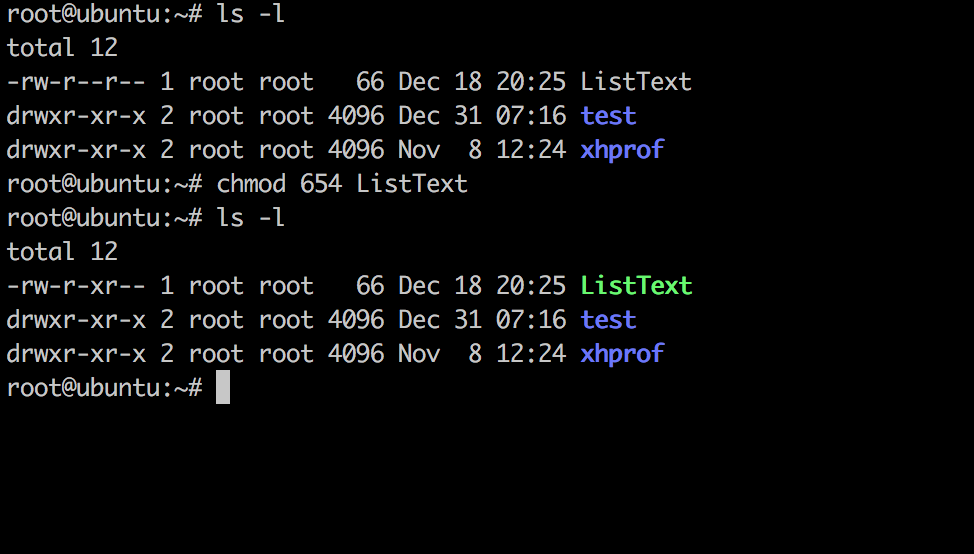



Linux Chmod Command Linuxfordevices
Macht eine Datei zusätzlich für alle ausführbar chmod R 700 /foo/bar Setz die Dateirechte rekursiv auf 700 im Ordner /foo/bar, also auf alle Dateien und Ordner die sich in /foo/bar befinden chmod u=rw,g=rw,o=r meinedateitxt Setz explizit die rechte für Besitzer und Gruppe auf lesen und schreiben und andere dürfen nur lesen1 umask blocks default permissions Index When a process creates a new file system object, such as a file or directory, the permissions of that new object are determined by the default permissions for the object, masked by the permissions set in a process umask The process umask controls whatIn Unix and Unixlike operating systems, chmod is the command and system call used to change the access permissions of file system objects sometimes known as modes It is also used to change special mode flags such as setuid and setgid flags and a 'sticky' bit The request is filtered by the umask The name is an abbreviation of change mode They are shown when listing files in long




Chmod Command In Linux File Permissions Tecnstuff




What Are The Chmod Numbers Quora
A file's permissions can be changed by using the change mode command chmod The mode can be changed by changing the character flags (eg r, w, x, etc) or by using an octal number The octal format uses the digits 0 to 7 to set the permissions for each set owner, group, others Each octal value translates to a 3bit binary equivalent where each bit either sets or unsets the permissionHere, 755 is an octal expression of the permission "rwxrxrx" Now, breaking down the chmod 755 value, 7 4 2 1 Read, write, and execute (user owner) 5 4 0 1 Read and execute permissions (group owner) 5 4 This value may also be specified as x If no category is specified, the permission is added or subtracted to all permission categories In this notation the owner of the file is referred to as the user (eg ux) chmod R w,g=rw,orw, ~/examplefiles/ The R option applies the modification to the permissions recursively to the directory specified and to all of its contents Using Octal




Agenda Shortcuts Converting Among Numbering Systems Binary To Hex Hex To Binary Binary To Octal Octal To Binary Signed And Unsigned Binary Numbers Ppt Download




What Is The Meaning Of Chmod 755 And How To Execute And Verify It
Instead of using characters, it's also possible to use octal values to signify the permissions The value ranges from 0 to 7 (in octal) 4 read;Please note that chmod 777 filename is the equivalent of chmod 0777 filename in this example The first octal digit sets the setuid, setgid and sticky bits (see this article for more details on setuid/setgid) octal 2 means to set group ID on the file So, the equivalent would be to do a chmod arwx filename, then chmod gs filenameUse the octal CHMOD Command chmod R 0640 folder_name OR use the symbolic CHMOD Command chmod R arwx,ux,gwx,orwx,ugs,t folder_name
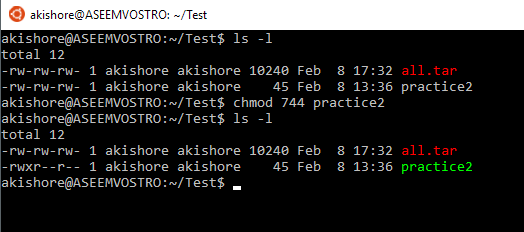



Understanding Linux Permissions And Chmod Usage




Change File Permissions Easily With Online Chmod Calculator By Chmodcalcu Issuu
Each octal permission can be represented by 3 or 4 numbers;You can specify the mode value on the command line in either symbolic form or as an octal value The symbolic form of the mode argument has the form who op permission op permission The who value is any combination of the following u Sets owner (user or individual) permissions g Sets group permissions o Sets other permissions a Sets all permissions; Chmod the octal helperChmod (with ads) is the free version of the Ultimate octal helper is an utility to calculate the



1




I Made This Chmod Cheat Sheet And Thought It Might Be Useful Linux4noobs
Chmod Calculator is a free utility to calculate the numeric (octal) or symbolic value for a set of file or folder permissions in Linux servers Check the desired boxes or directly enter a valid numeric value (eg 777) or symbolic notation (eg rwxrwxrwx) to see its value in other formats The permission in octal form is useful for many commands such as chmod command and other sysadmin tasks This quick tutorial shows how to use the stat command to view octal file permissions ADVERTISEMENT How to get octal file permissions on Linux/Unix command line To get file or file system status try the stat command However, the syntax for stat is different onChmod Octal Digit Binary Representation (rwx) Permission 1 001 execute only 2 010 write only 3 011 write and execute 4 100 read only




Command Line Understanding Chmod Symbolic Notation And Use Of Octal Ask Ubuntu
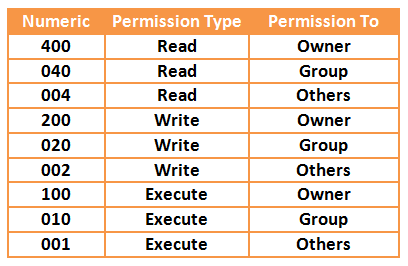



Your Own Linux Chmod Basics Of Files Directories Permissions And Use Of Chmod
chmod og= filename Copy Give read, write and execute permission to the file's owner, read permissions to the file's group and no permissions to all other users chmod u=rwx,g=r,o= filename Copy Add the file's owner permissions to the permissions that the members of the file's group have chmod gu filename Copy You can use octal values in C by simply prepending a value with 0 For example, 0777 You can then simply test for equality if (statchmod == 0777) { } – The chmod command in Linux is used to change file and directory permissions using either text (symbolic) or numeric (octal) notation It takes the following syntax $ chmod OPTIONS MODE filename Only the root user or a regular user with sudo privileges can change file or directory permissions You can pass more than one file or directory separated by spaces in the




Unix Permissions The Easy Way Index Of All Chmod Permutations By Semi Koen Towards Data Science




How To Change Existing Permission Numerically
Chmod is quite simple to use while using octal notation The structure of the command is simply chmod < octal permission you wish to set > < file or directory > chmod usage exampleThe fourth octal digit is used to store special information such as set user ID, set group ID, and the sticky bit The octal values assigned to the permission modes are (they also have letters associated with them that are displayed by programs such as ls and can be used by chmod ) 6 umask affects chmod;




Quick Answer How To Use Chmod In Linux Os Today




Linux Chmod Command Examples Journaldev




Unix File Permissions Computer Science
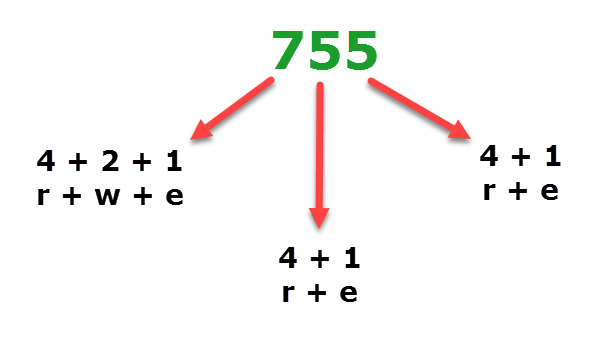



Understanding Linux Permissions And Chmod Usage



Understanding Linux File Permissions With Chmod Umask Chown And Chgrp Liquidon Net




How To Use Chmod Command In Linux Explained With Examples




Unix Permissions




Chmod Calculator Chmod Generator Chmod Command




Chmod Helper Is A Simple Online Tool For Calculating File Permissions Adafruit Industries Makers Hackers Artists Designers And Engineers




Chmod X Explained Everything You Need To Know
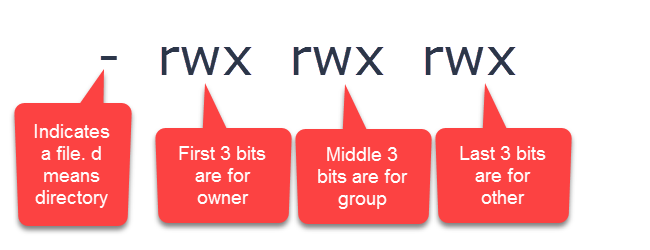



Understanding Linux Permissions And Chmod Usage




A Unix And Linux Permissions Primer Daniel Miessler




Agenda The Linux File System Chapter 4 In




Command Line Understanding Chmod Symbolic Notation And Use Of Octal Ask Ubuntu




How To Change Permissions In Linux Using Octal And Symbolic Notation




How To Get Octal File Permissions From Command Line In Mac Os Osxdaily
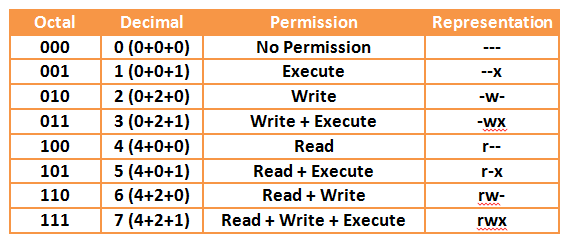



Your Own Linux Chmod Basics Of Files Directories Permissions And Use Of Chmod
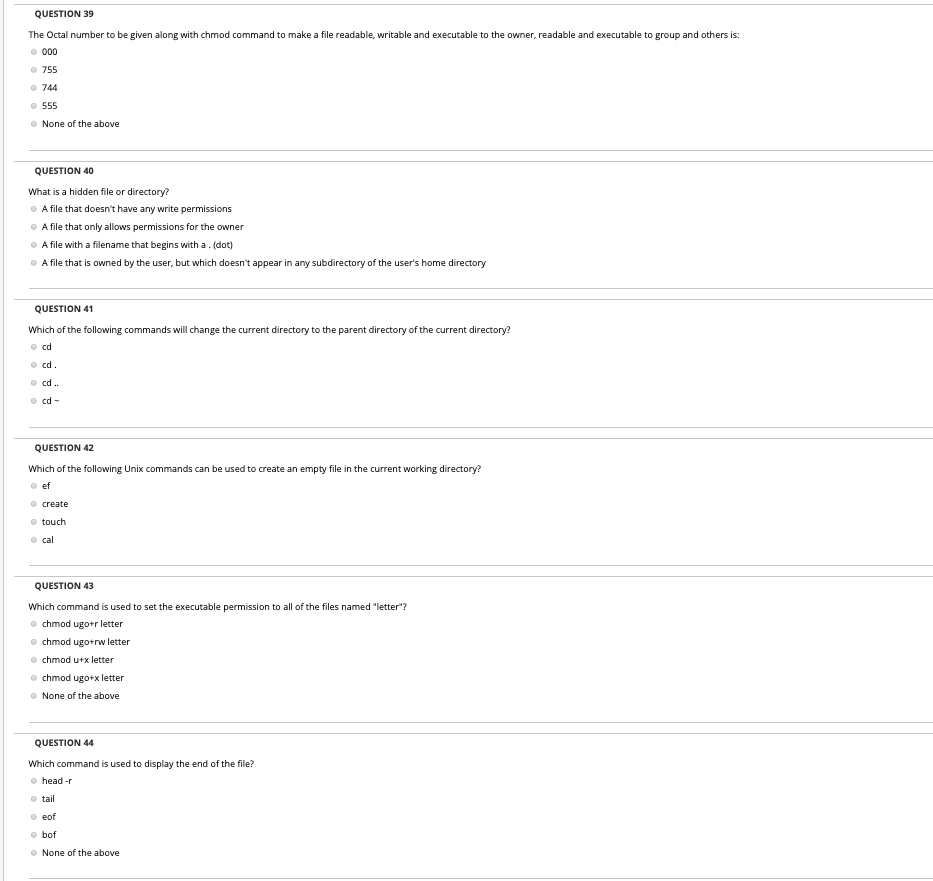



Question 39 The Octal Number To Be Given Along With Chegg Com



1




Understanding Unix Permissions And File Types Unix Linux Stack Exchange
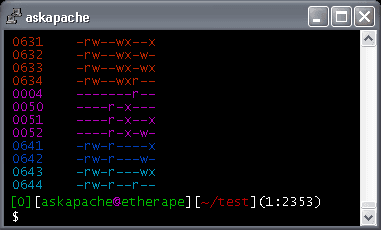



Chmod Umask Stat Fileperms And File Permissions
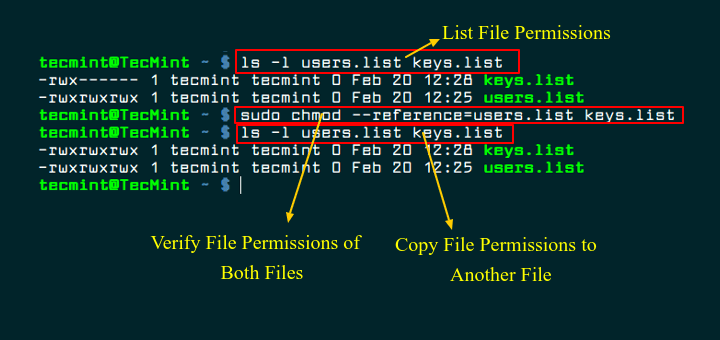



How To Copy File Permissions And Ownership To Another File In Linux



I Made This Chmod Cheat Sheet And Thought It Might Be Useful Linux4noobs




Permissions Red Hat Enterprise Rhcsa Rhcse Preparation 0 0 1 Documentation
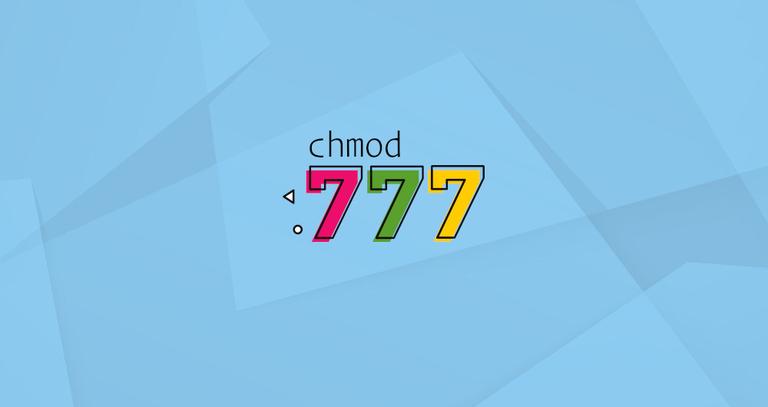



What Does Chmod 777 Mean Linuxize




Linux Chmod Recursive How To Change File Permissions Recursively




Managing Linux Ownership And Permissions Secur




Modify File Permissions With Chmod Linode




Csci The Unix System The File System Ppt Video Online Download




Changing File Permissions In Linux The Chmod Command By Saswat Subhajyoti Mallick Medium




Module 4 File Security File Security Security Overview
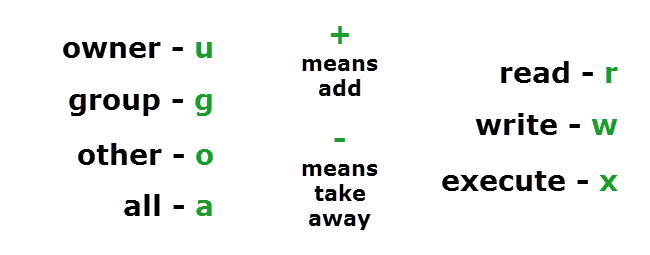



Understanding Linux Permissions And Chmod Usage
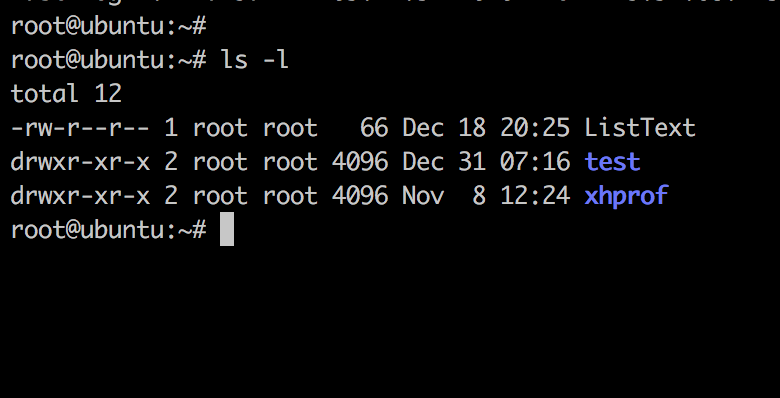



Linux Chmod Command Linuxfordevices




How To Use Chmod Command In Linux Explained With Examples




Linux File Permissions And Ownership By Udara Bibile Level Up Coding
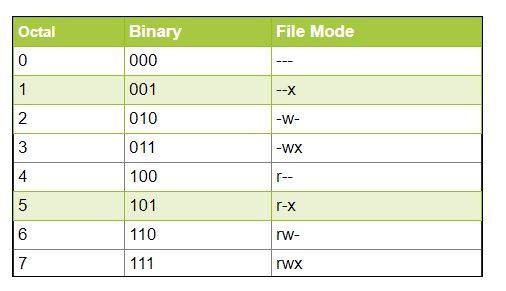



Permissions In Linux Geeksforgeeks




Command Line Understanding Chmod Symbolic Notation And Use Of Octal Ask Ubuntu




How To Use Chmod Command In Linux Explained With Examples



Chmod




Chmod Options Permissions Files Linux Pocket Guide Book




Chmod 777 Numeric File Permission In Linux Pro Tech Guides
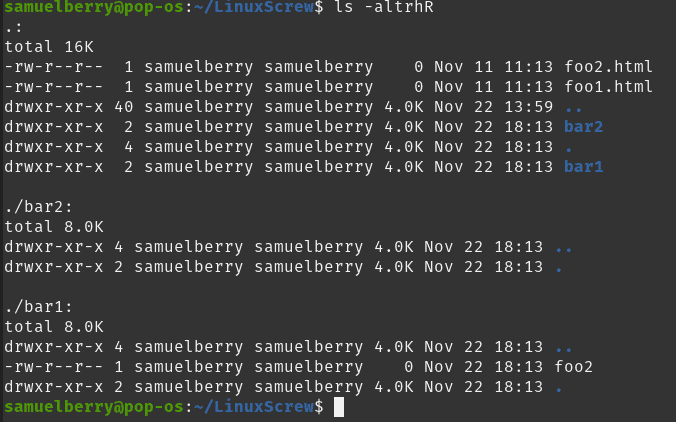



Linux Chmod Recursive How To Change File Permissions Recursively



I Made This Chmod Cheat Sheet And Thought It Might Be Useful Linux4noobs




Linux Users And Groups Linode




What Is Ftp Chmod Chmod Change Mode Impress Org




Is There A Web Based Converter Between Rwx And The Octal Version Unix Linux Stack Exchange
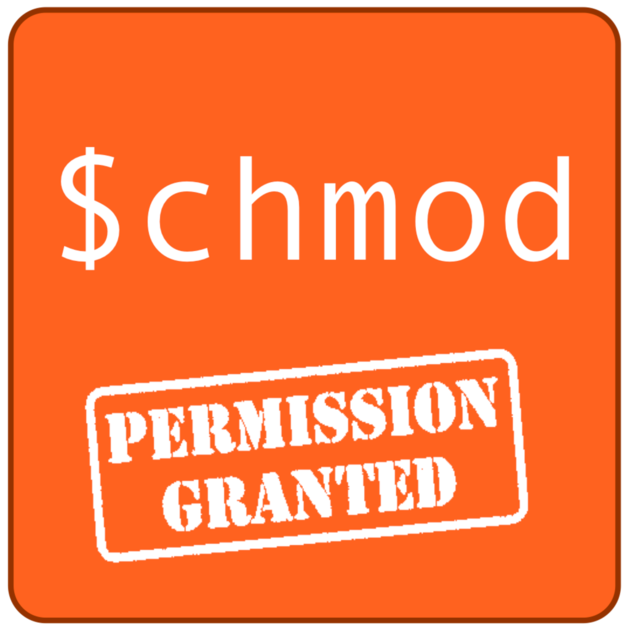



Changing File Permissions In Linux The Chmod Command By Saswat Subhajyoti Mallick Medium



Everything About Chmod Command In Linux Hackerearth
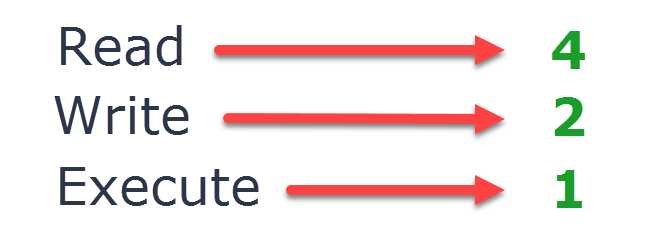



Understanding Linux Permissions And Chmod Usage




How To Use Chmod Command In Linux Explained With Examples
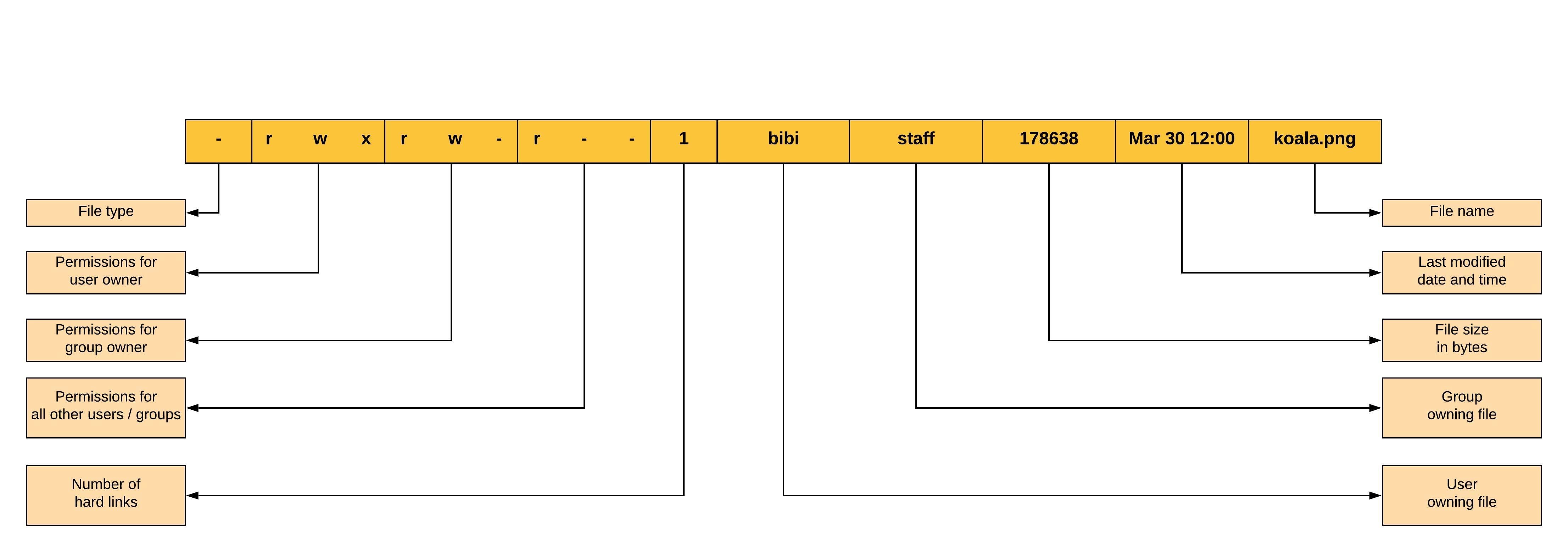



Linux File Permissions And Ownership By Udara Bibile Level Up Coding
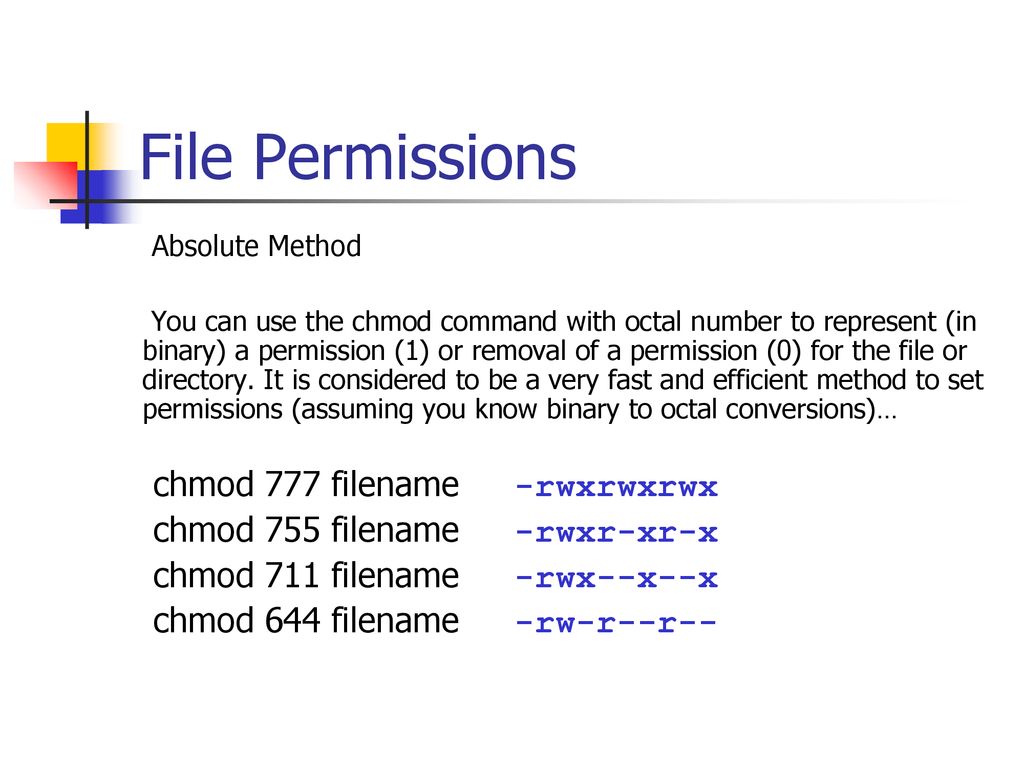



Bif703 File Permissions Ppt Download




Command Line Understanding Chmod Symbolic Notation And Use Of Octal Ask Ubuntu




How To Use Chmod Command In Linux Explained With Examples




Unix Permissions The Easy Way Index Of All Chmod Permutations By Semi Koen Towards Data Science




Linux Permissions An Introduction To Chmod Enable Sysadmin
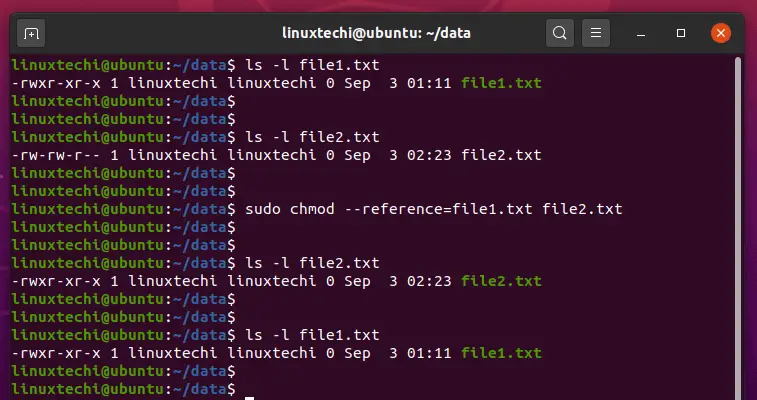



9 Quick Chmod Command Examples In Linux
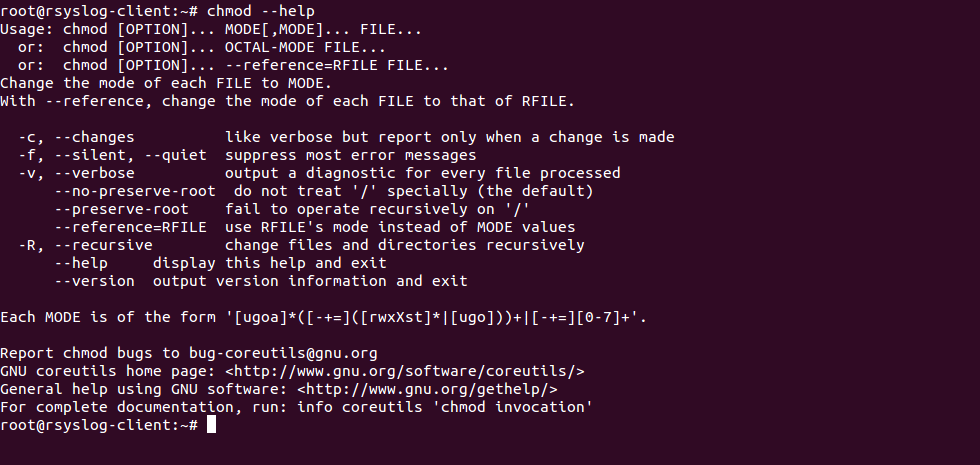



Chmod Recursive Change Permissions Recursively On Files Folders



14 Permission And Modification Times
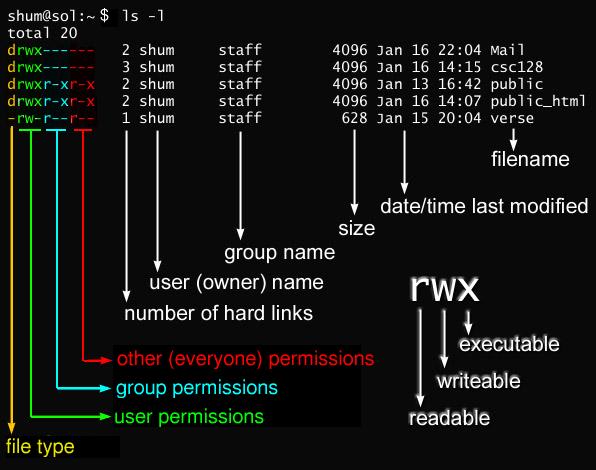



What Is Umask And How To Use It Effectively Liquid Web
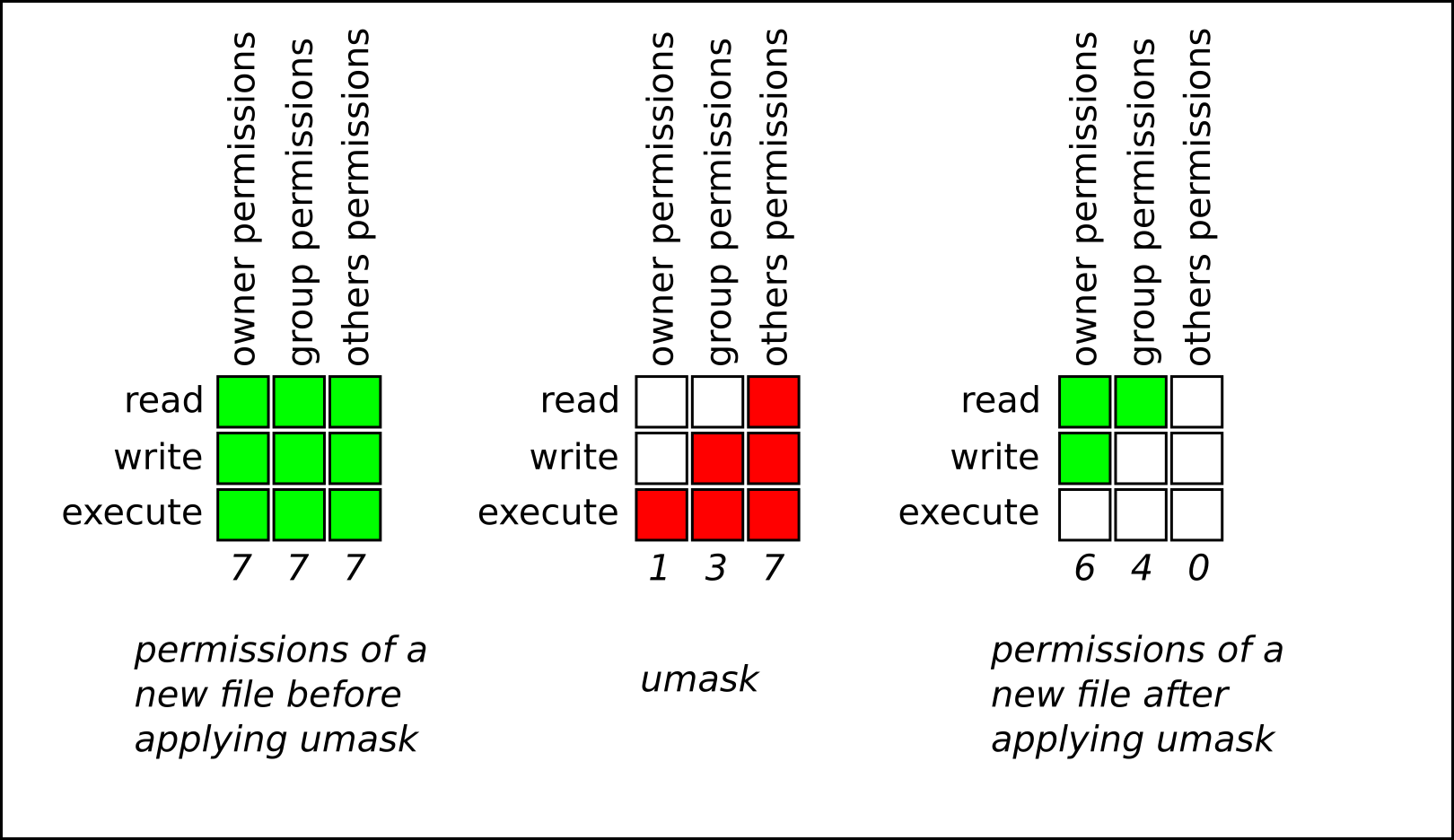



Chapter 25 Managing File Permissions Red Hat Enterprise Linux 8 Red Hat Customer Portal




11 Popular Unix Linux Chmod Command Examples To Change File Permissions Cyberithub
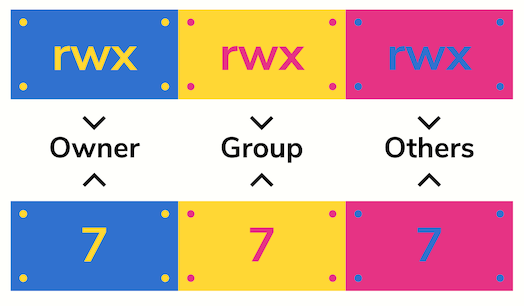



Unix Permissions The Easy Way Index Of All Chmod Permutations By Semi Koen Towards Data Science




Gettin Sticky With It Linux Journal
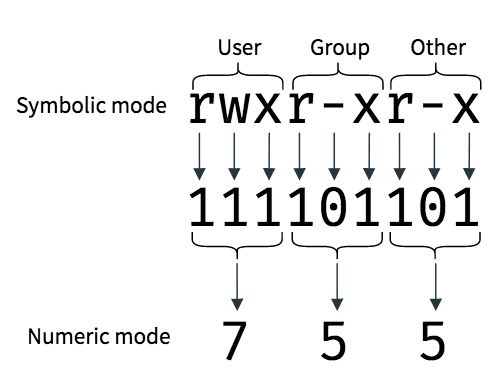



An Introduction To Linux File Permissions Boolean World



Linux Chmod Tips




Os Mkdir And Os Mkdirall Permissions Stack Overflow
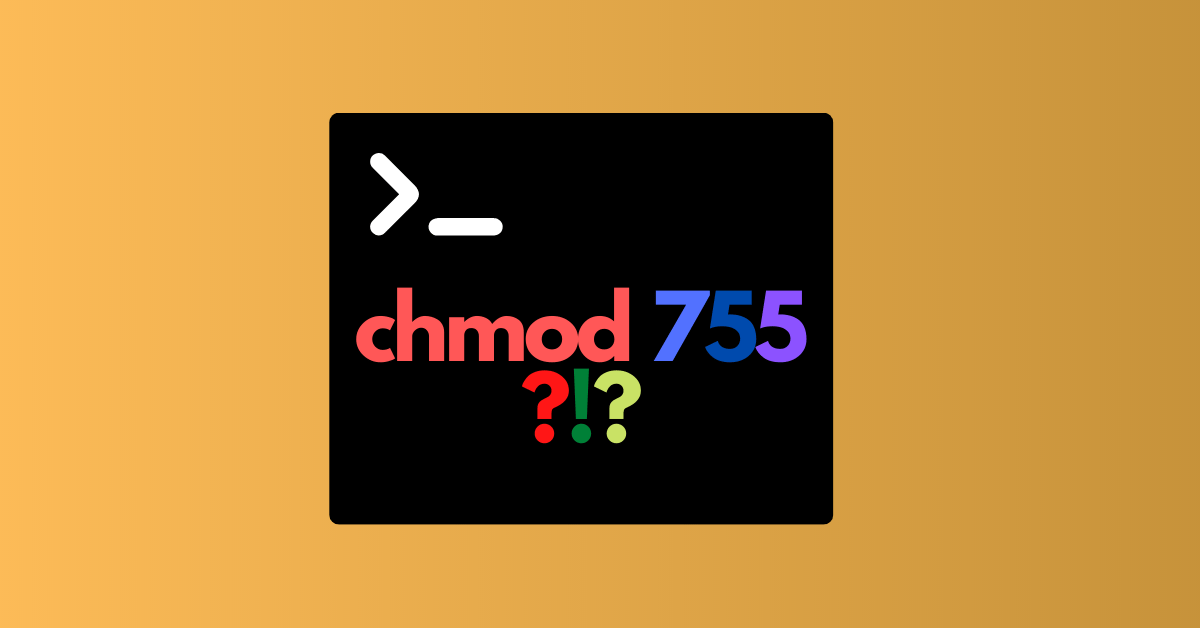



Chmod 755 Command What Does It Do By Claudio Sabato Medium
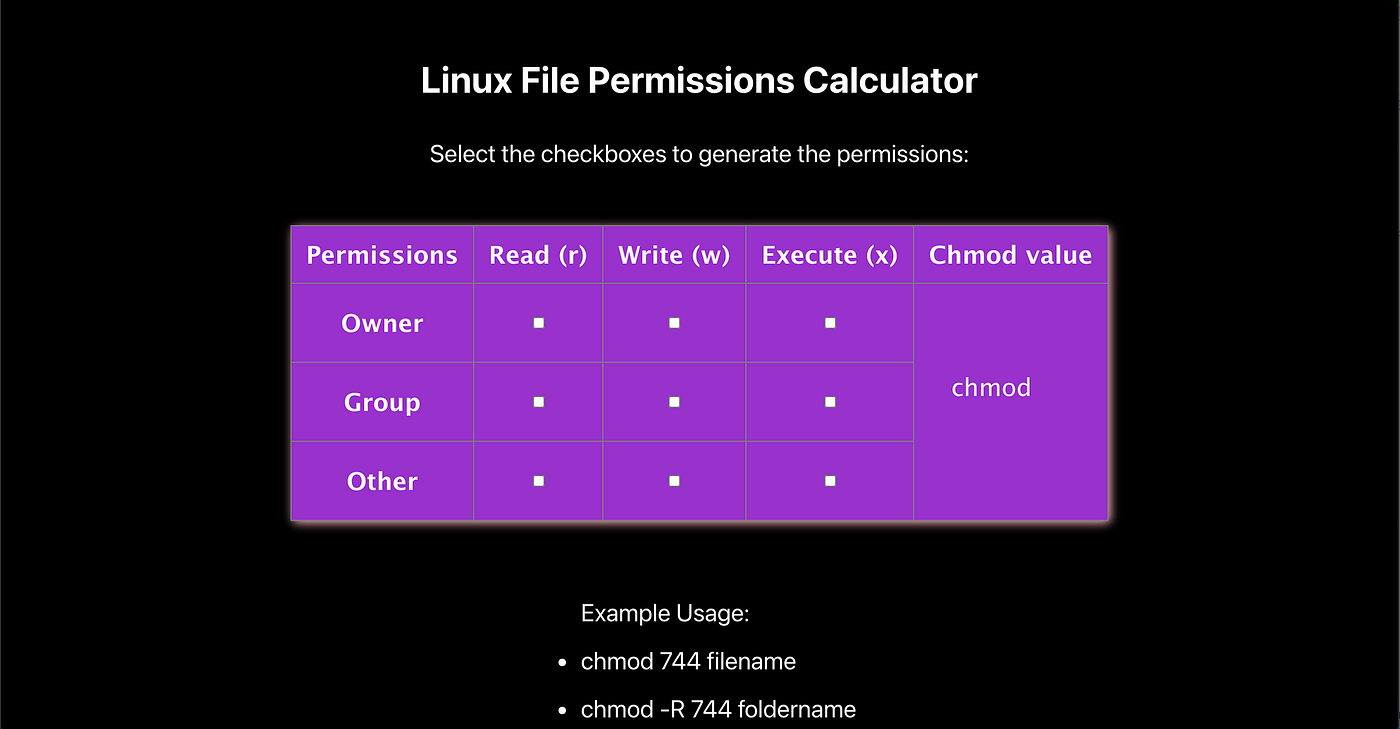



Linux File Permissions Chmod Numeric Calculator By Divya Bhushan Technical Writer Lumel Medium




0x05 Slae Msfvenom Samples A Journey In Infosec
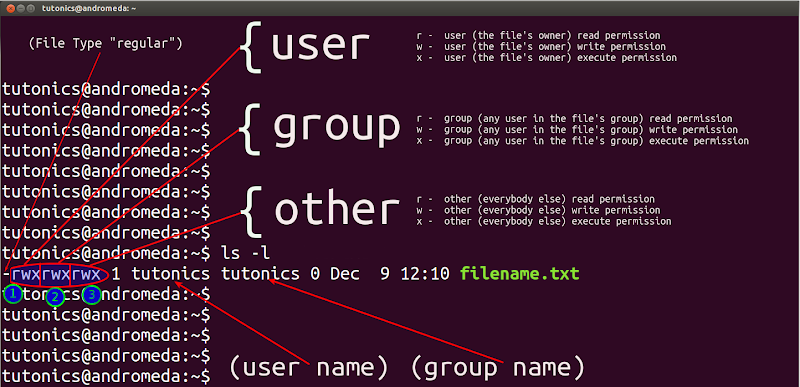



Linux File Permissions Chmod Umask Tutonics



Symbolic Notation Geometry




Chmod 755 Command What Does It Do Codefather
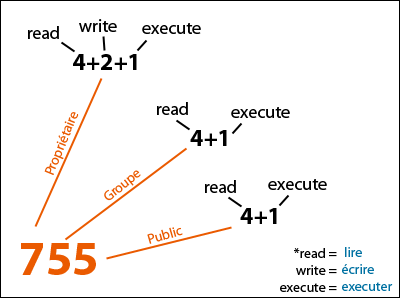



Linux And Unix Chmod Command Knowledge Hub




Command Line Understanding Chmod Symbolic Notation And Use Of Octal Ask Ubuntu




Linux Users And Groups Linode




Problem You Are New To The Linux World And Want To Chegg Com
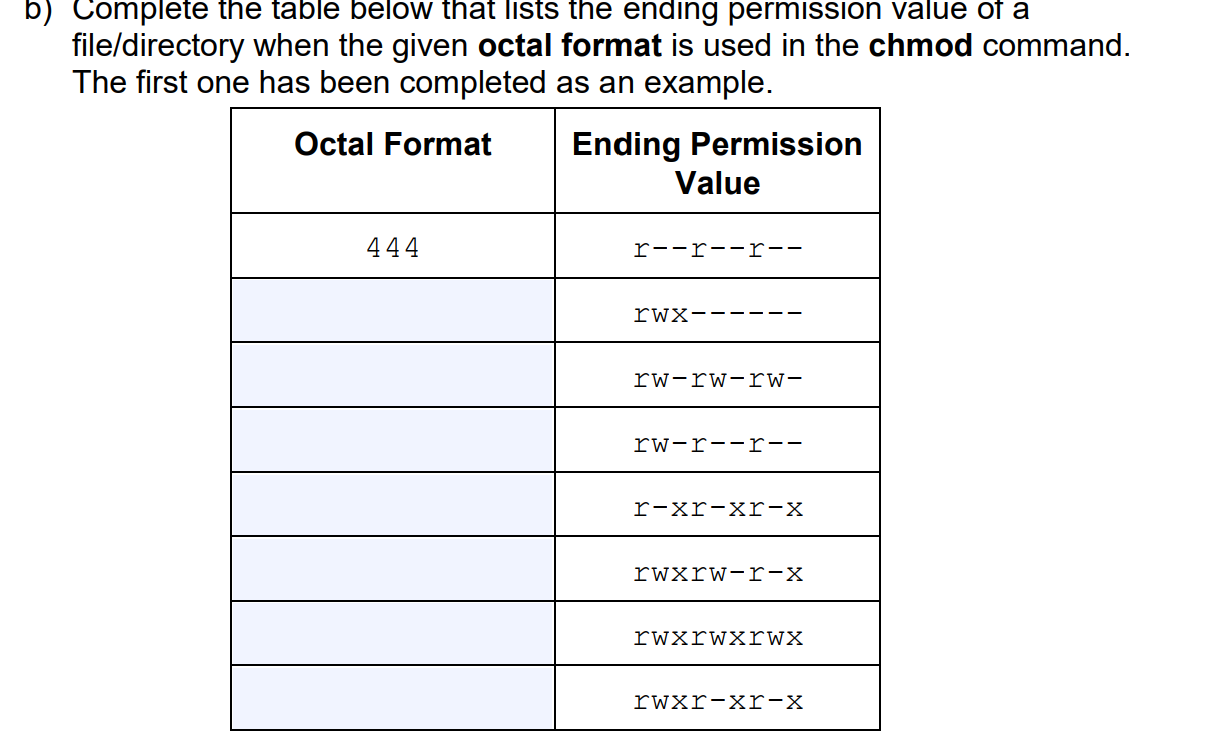



Answer The Following Questions Related To Permissions Chegg Com



Common Bash Commands




Whatever You Knew About Chmod Is Wrong Alien Coders



0 件のコメント:
コメントを投稿